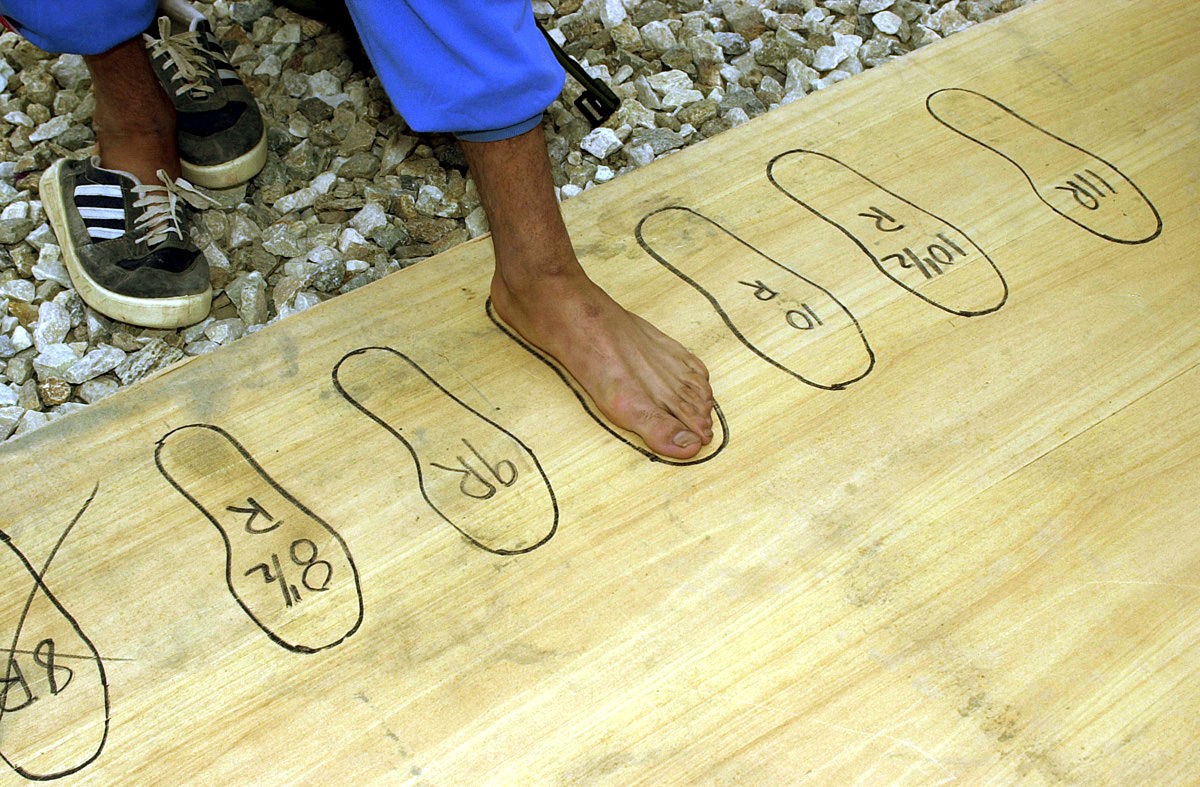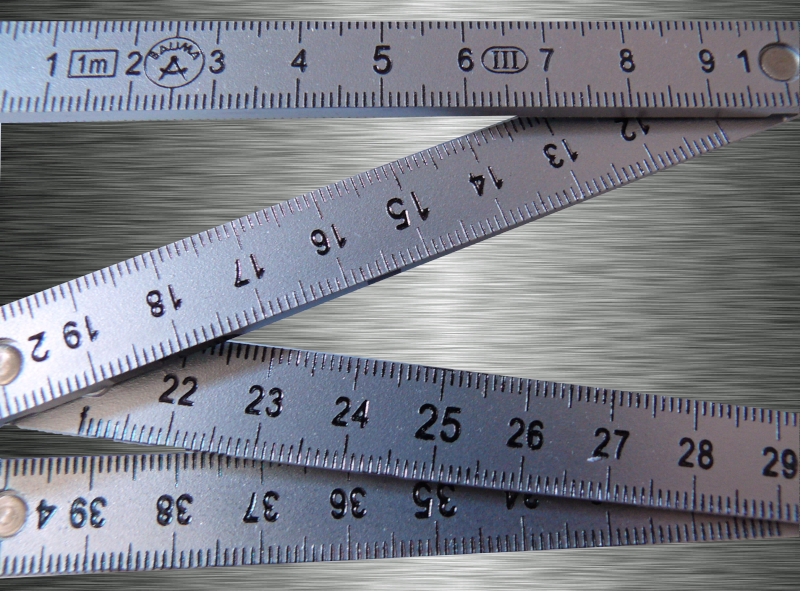The following length units are commonly used today to define shoe-size systems:
- The Paris point equates to 2⁄3 centimetre (6.67 mm; 0.26 in). Whole sizes are incremented by 1 Paris point; this corresponds to 3.33 millimetres (0.131 in) between half sizes. This unit is commonly used in Continental Europe, and Russia and former USSR countries.
- The barleycorn is an old English unit that equates to 1⁄3 inch (8.47 mm). This is the basis for current UK and North American shoe sizes, with the largest shoe size taken as twelve inches (a size 12) i.e. 30.5 cm, and then counting backwards in barleycorn units, so a size 11 is 11.67 inches or 29.6 cm.
One person like that


